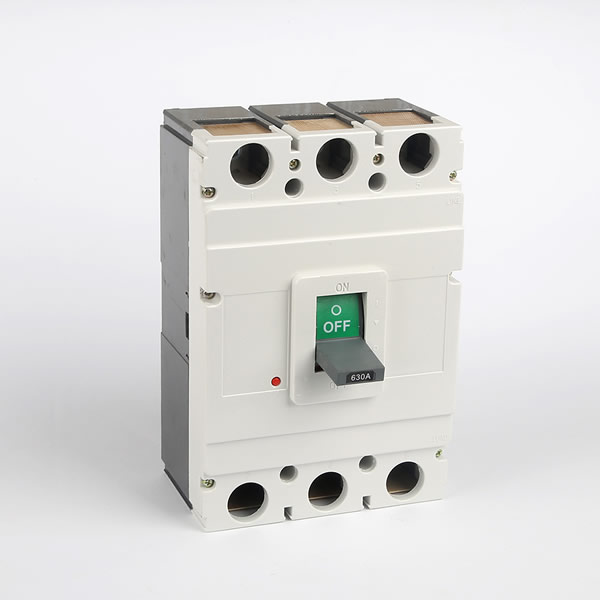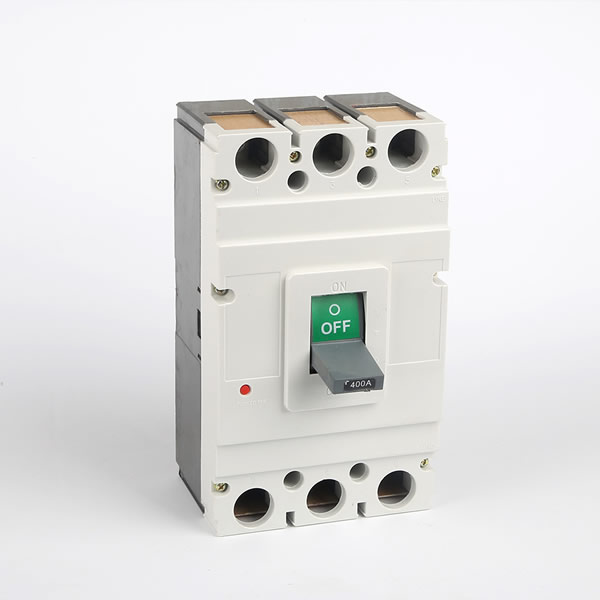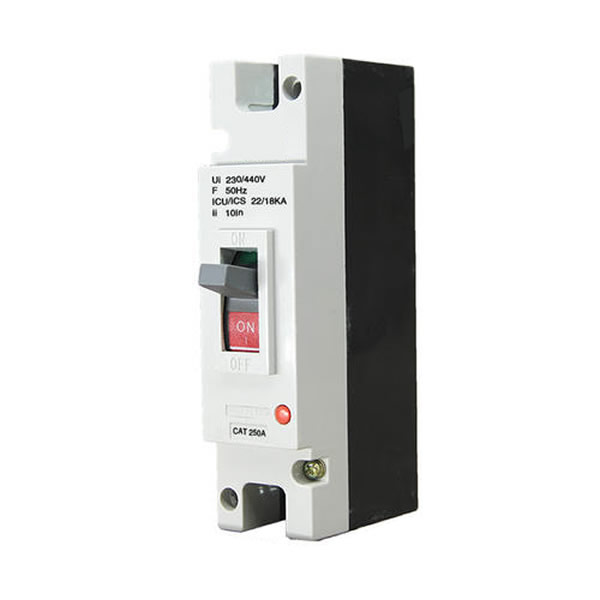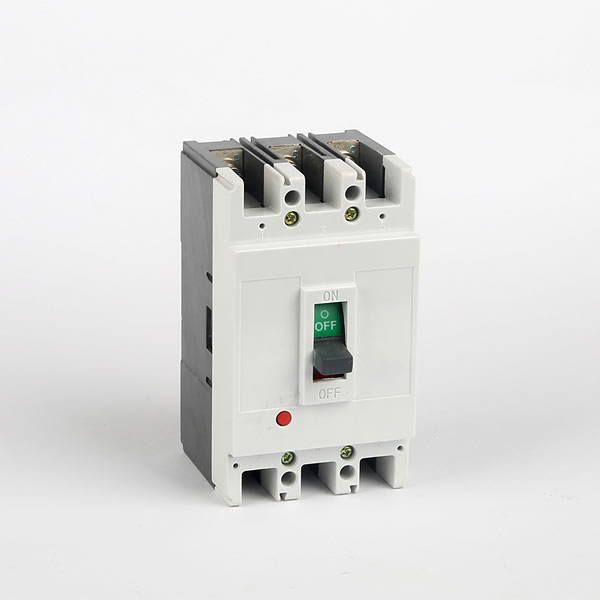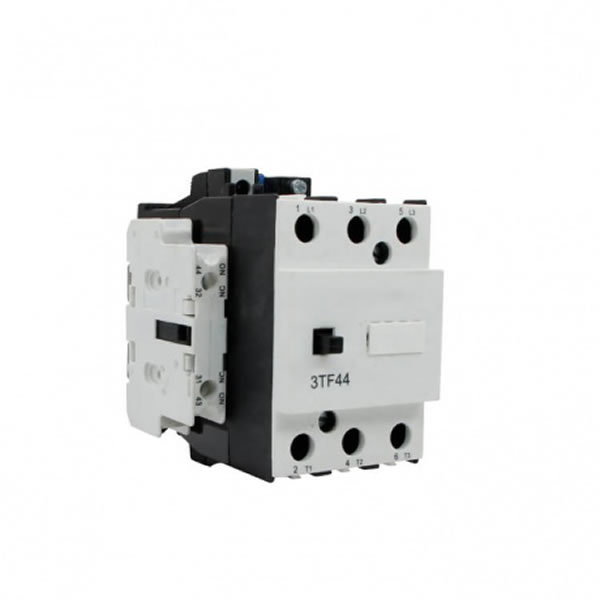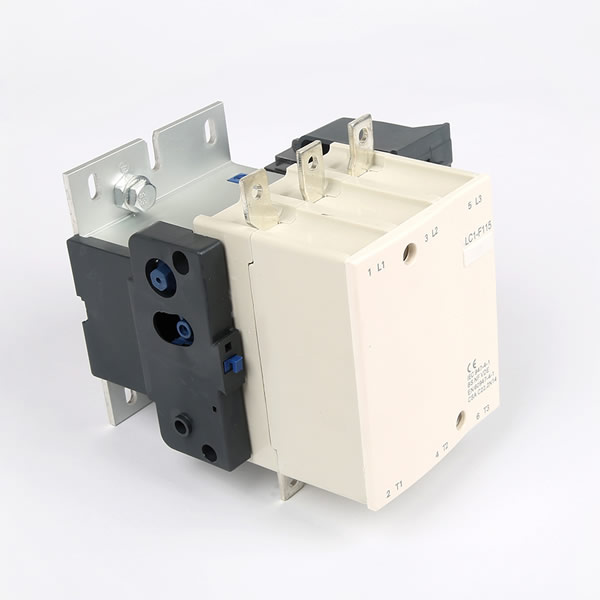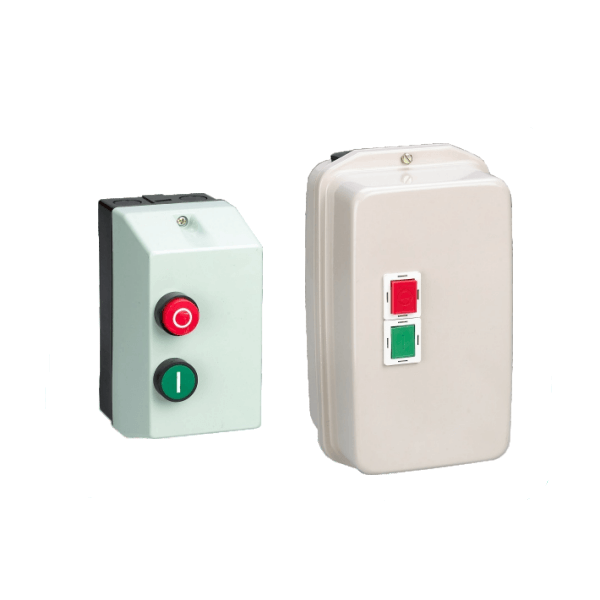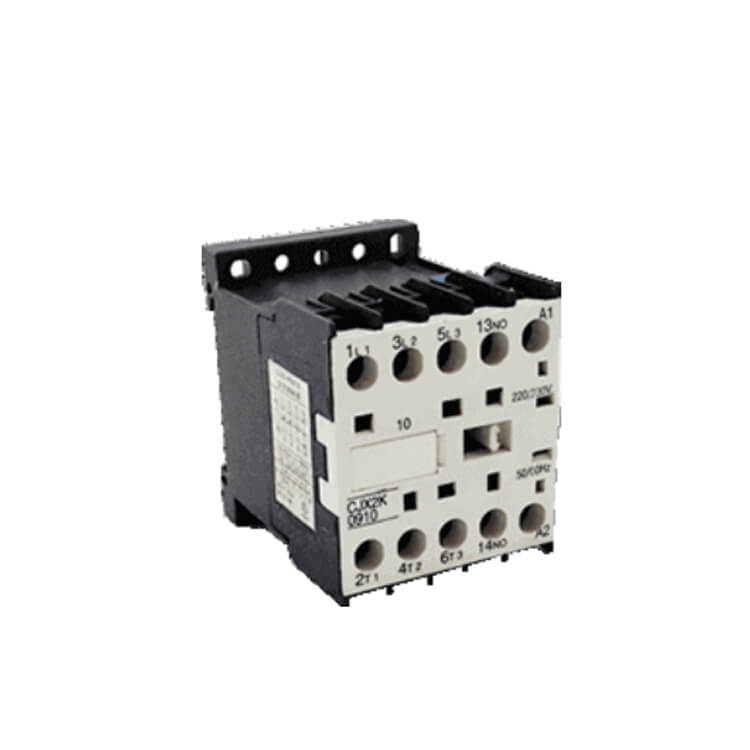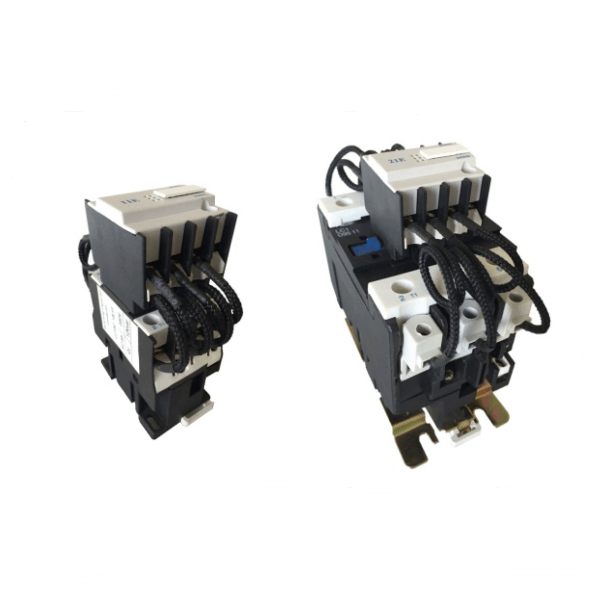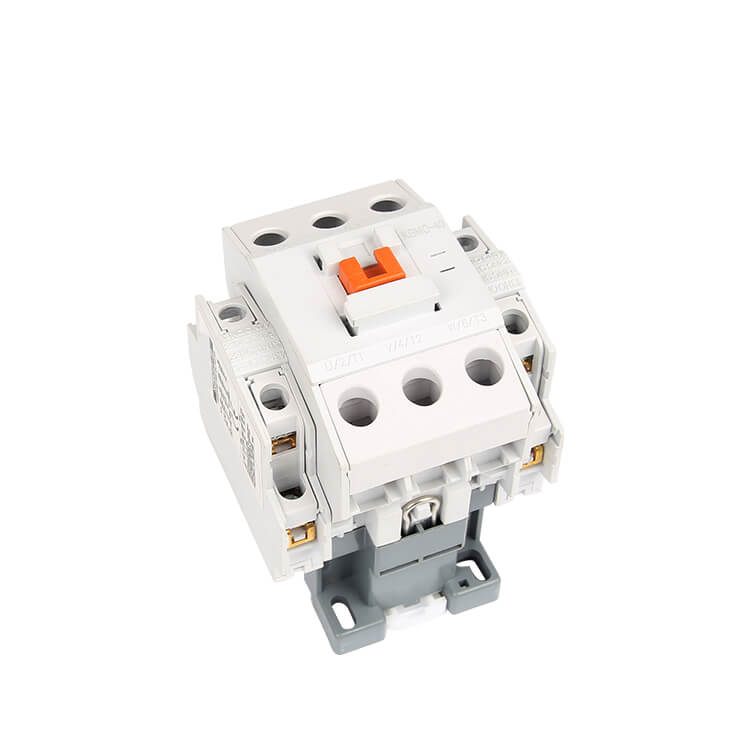Cause analysis of motor burnout caused by AC contactor adhesion
AC contactor is one of the key electrical components in mechanical automation, its high repair rate is of course, and the common faults of AC contactor static and dynamic contact adhesion often make the motor burned. It is more serious because of high maintenance cost and long shutdown time.
The key reason of AC contactor static and dynamic contact adhesion is that when the motor controlled by AC contactor cut off its switching power supply, the electric arc caused by AC contactor burns the static and dynamic main contact. The size of the arc depends on the current size of the required motor, and whether it exceeds the rated voltage of the AC contactor. The larger the excess, the stronger the arc burns the dynamic and static main contacts. When the silver element of the metal composite of the dynamic and static contacts of AC contactors is reduced to a certain level, and the surface of the dynamic and static main contacts has been seriously uneven, the current that the dynamic and static main contacts can bear is far less than the rated voltage, the dynamic and static main contacts will produce adhesion. This kind of situation often occurs in the automatic control system with frequent posture and rapid commutation. Such as hoisting machine, front and back operation of machinery and equipment.
There are three kinds of adhesion between the dynamic and static contacts of AC contactor, one pair, two pairs and three pairs of dynamic and static contacts, in which three pairs of dynamic and static contacts are produced, and the adhesion is less.
When the electromagnetic coil of AC contactor is connected to the power supply, the electromagnetic field will be generated. The magnetic adsorption force between the transformer core and streamline coil will be symmetrical at all instant and vertical with streamline coil, which can get rid of the compression spring (2 or 4), so that the transformer core and current coil are closely combined, and the moving contact pushed by streamline coil will also be closely contacted with the static contact . After the electromagnetic coil of AC contactor turns off the power, because of the effect of compression spring, the dynamic and static contacts are separated for calibration.
Part of AC contactor base
In this case, any pair of moving and static main contacts on both sides will stick (the most common case). The force released by the compression spring will be uneven and not perpendicular to the current sharing coil, resulting in a pair of moving and static main contacts in the middle still touching (not necessarily in the inseparable situation), and the moving and static main contacts on the non adhesive side are in the non touching situation. A pair of moving and static main contacts adhered in that way and a pair of moving and static main contacts in the middle. Although the power supply of the electromagnetic coil is turned off, the switching power supply with phase loss is still provided to the motor, so that the motor is in phase loss operation.
If the reset of electrical components for phase loss maintenance is wrong (too large). The motor will burn down before it reaches its posture (GV2 over-current protector can disconnect the open phase switching power supply), but it is useless to maintain the posture for the thermal relay (because it is to disconnect the switching power supply for the control circuit of the electromagnetic coil).
The AC contactor pushes the back of the upper part of the moving contact
If a pair of moving and static main contacts in the middle (relatively speaking, because AC contactors all have auxiliary contacts) stick together, the same reason is that the force released by the compression spring is uneven and not perpendicular to the current sharing coil, and the burning level of the moving and static main contacts on both sides is different. It will also cause the AC contactor to provide the switching power supply to the motor, so that the motor is in the operation of phase loss.
The adhesion of two pairs of moving and static main contacts of AC contactor is common in the front and back automatic control system. The same is that the force released by the compression spring is not symmetrical and not perpendicular to the current sharing coil, resulting in a pair of non adhesion and non touch of the main contacts. In this way, the AC contactor with common faults will provide the switch power supply with phase loss to the motor, so that the motor will be in phase loss operation.
It is very rare for AC contactor to produce three pairs of moving and static main contact adhesion. Although the force released by the compression spring is symmetrical and the current is divided vertically, the burning level of the three pairs of moving and static main contacts by the electric arc is not the same. Therefore, the AC contactor with common faults will also provide the switching power supply for the motor to make the motor operate under the condition of phase loss.
In a word, the adhesion between the moving and static main contacts of AC contactor will result in the release of the compression spring, the uneven force and the non vertical current sharing coil (except for the three pairs of adhesion), and the different burning levels of the three pairs of moving and static main contacts by the electric arc, which makes a certain pair of moving and static main contacts in the situation of touching and non touching, resulting in The reason why AC contactor provides switch power supply to motor is that the motor is burned when it is in open phase operation.
When the static and dynamic main contacts of AC contactor are found to have adhesion, all the static and dynamic main contacts or the upper end of AC contactor should be removed or replaced immediately, or a new AC contactor should be removed, instead of grinding the static and dynamic main contacts with sandpaper or chopper.
